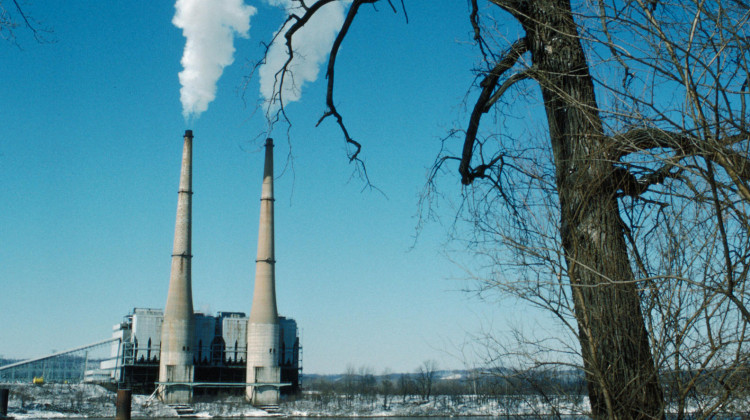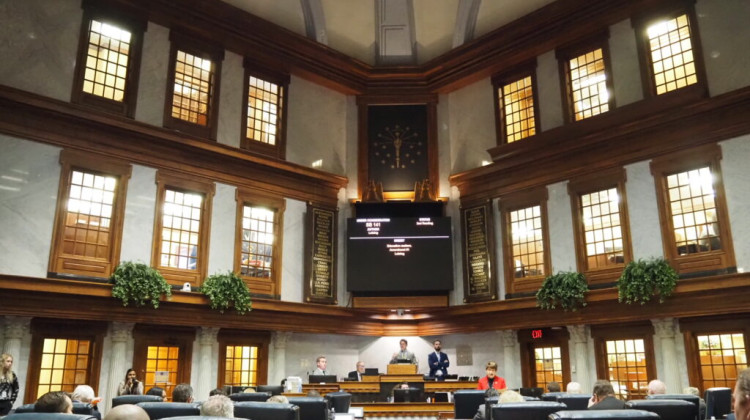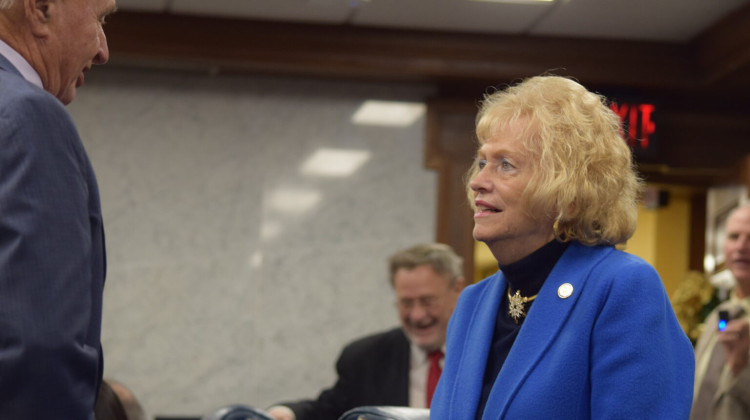U.S. Senate Democrats have proposed a clean energy standard that calls for getting the country’s electricity from sources that don’t emit — or can capture — their greenhouse gases by 2035. But that could be a tall order for a state like Indiana.
Right now, Indiana only gets 9 percent of its energy from sources like wind and solar.
David Konisky is a professor at the O'Neill School of Public and Environmental Affairs at Indiana University. Though the state expects to see nine coal plant closures in the next decade, Konisky said some utilities plan to replace them with natural gas — and it will take strong policy to get them to change their minds.
He said the Democrats’ clean energy plan is the first national policy that mirrors what’s needed to meet the challenge of climate change.
“The reason why the proposal is so ambitious is that we have been slow to react to climate change historically, right?” Konisky said.
A senator who helped craft the standard said there would likely be a role for natural gas plants to capture their carbon emissions and store them underground. But Konisky said it’s not a well-established technology and hasn’t been proven to work on a large scale.
Danielle McGrath, president of the Indiana Energy Association, said whether Indiana can help the country meet that ambitious goal all depends on the details of the proposal — few of which have been released at this point.
“Whether or not, you know, states’ positioning will be taken into account," McGrath said. "If there will likely be a broader horizon, if certain types of resources will be included versus being excluded."
McGrath said making the transition affordable for states that rely on fossil fuels will also have to be top of mind for lawmakers.
Contact reporter Rebecca at rthiele@iu.edu or follow her on Twitter at @beckythiele.
Indiana Environmental reporting is supported by the Environmental Resilience Institute, an Indiana University Grand Challenge project developing Indiana-specific projections and informed responses to problems of environmental change.
 DONATE
DONATE







 Support WFYI. We can't do it without you.
Support WFYI. We can't do it without you.